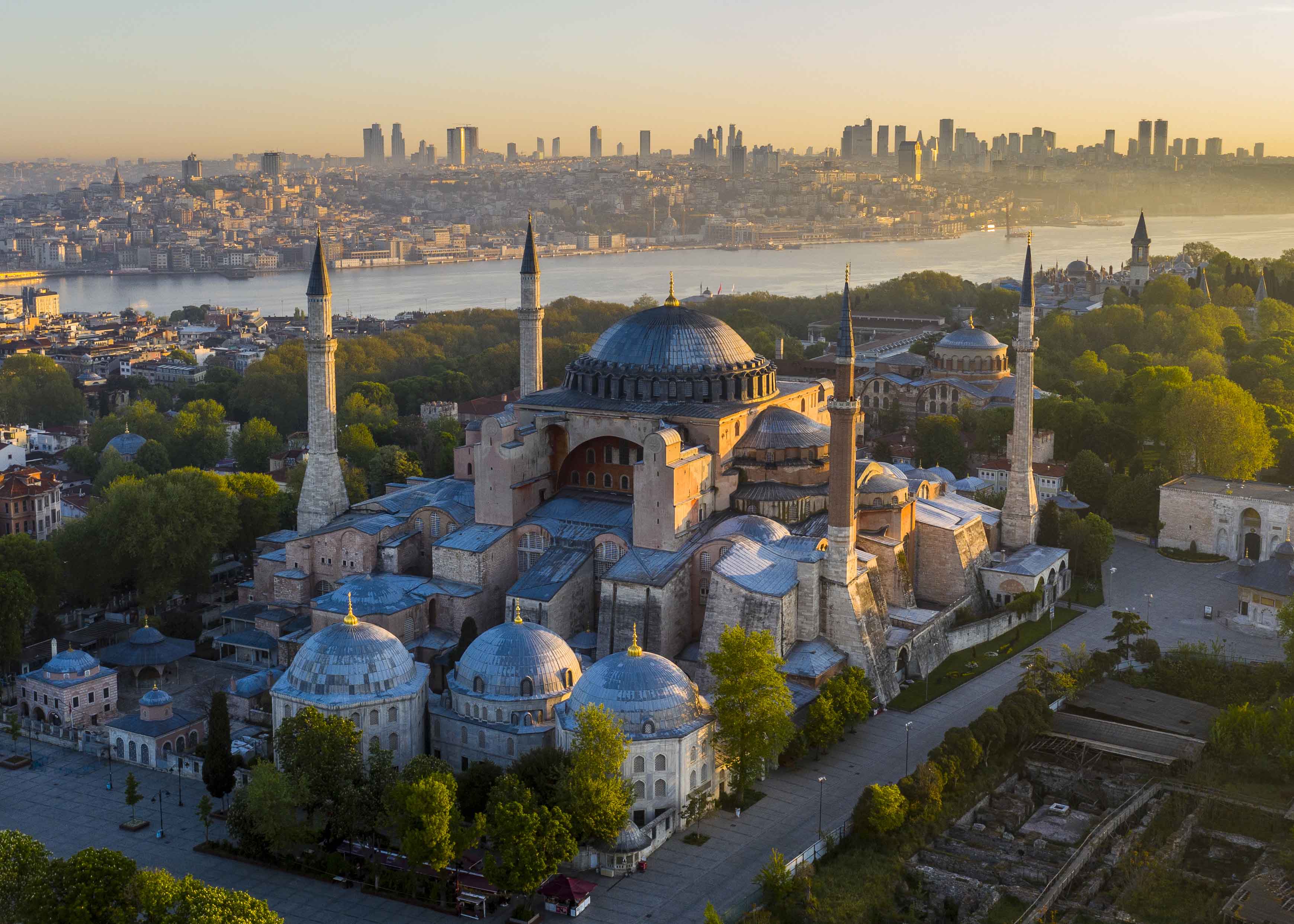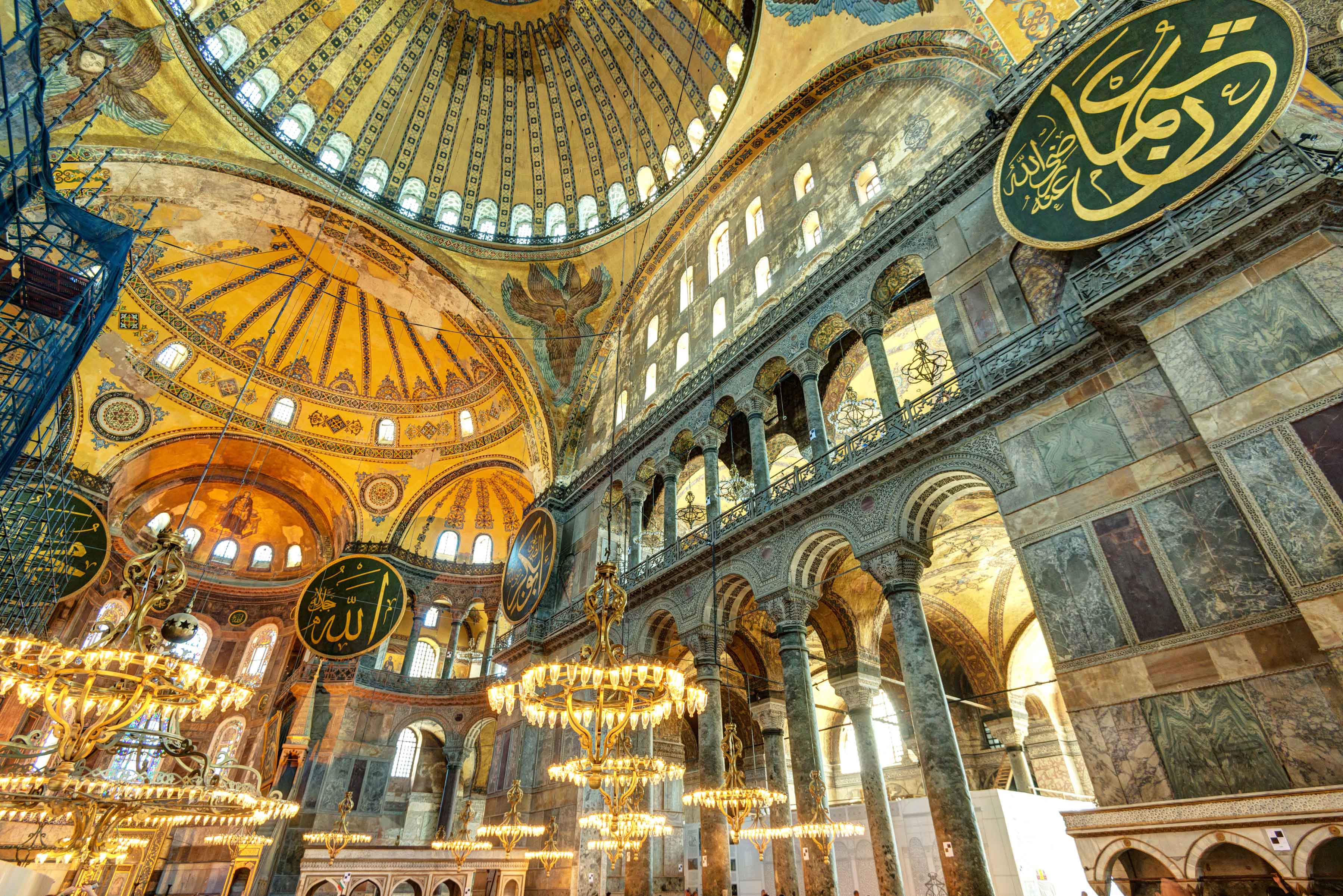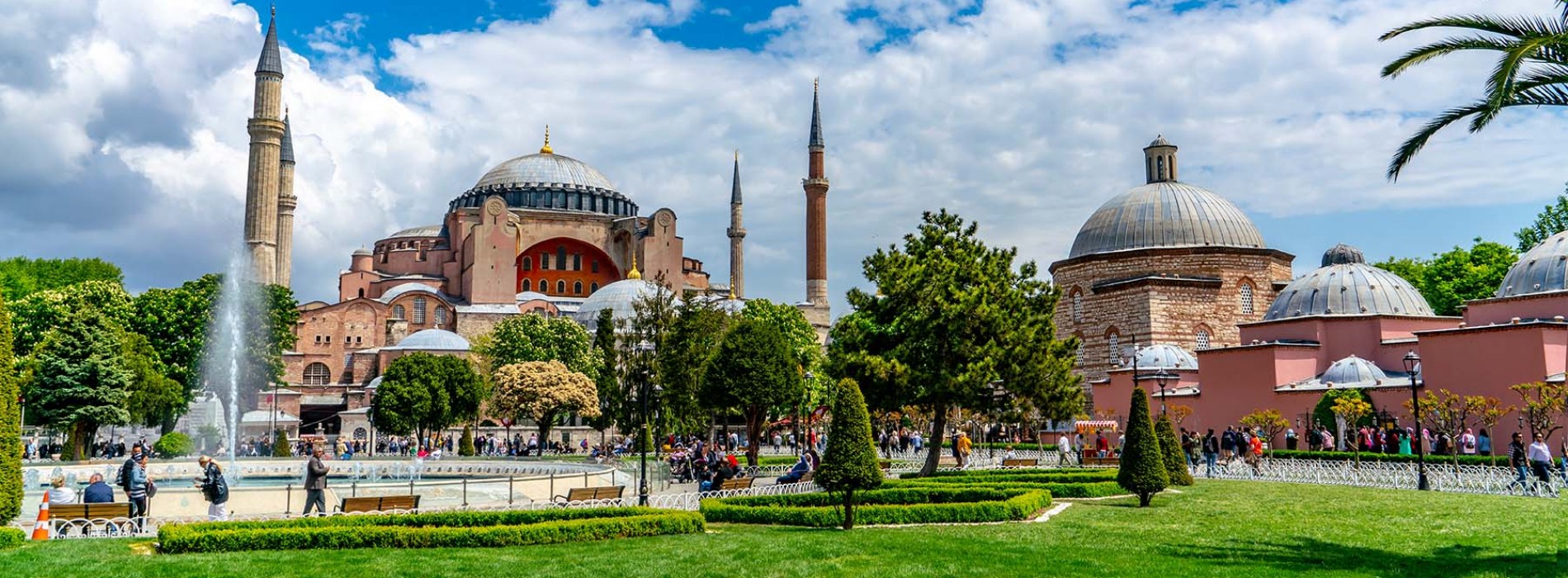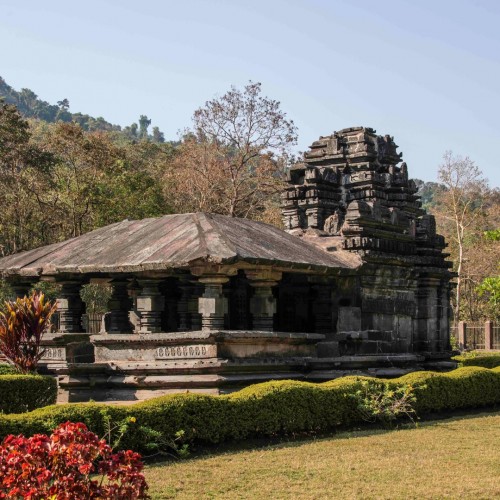Hagia Sophia’s Iconic Dome Goes Under Restoration to Withstand the Centuries
Istanbul’s Hagia Sophia Grand Mosque, one of the most exquisite structures of humanity’s heritage with its 1.486-year history, has been lately the focus of an extensive restoration project preserving its grandeur for future generations. As part of the ongoing project, the world-famous structure’s majestic dome is now undergoing the most comprehensive reinforcement and restoration process, focusing on resilience.
 Safeguarding the Crown of Hagia Sophia
Safeguarding the Crown of Hagia Sophia
Hagia Sophia, a symbol of İstanbul’s enduring heritage, is one of the latest conservation projects of Türkiye, which has been conducting numerous archaeological excavation and restoration projects to ensure the sustainability of its cultural heritage. The enormous architectural marvel has been comprehensively restored and reinforced for around three years. Some of the work has already been completed as part of this effort, while the remaining phases are carried out carefully. Now, works will focus on Hagia Sophia’s dome to make it more earthquake-resistant while preserving its original form. All interventions to the central dome will be carried out from the exterior to prevent damage to its mosaic-covered interior surface. The lead coverings on the dome’s exterior will be dismantled and either repaired or replaced with new ones. During this process, the dome’s surface will be temporarily enclosed with a steel structure and high-quality protective tarp to avoid damage from seasonal weather conditions or harm to the mosaics on the interior. The meticulous work at Hagia Sophia’s dome will also include the conservation of the mosaics on the dome’s interior surface. To enable the work on the mosaics, a steel platform system supported by four columns and standing 43.5 metres tall will be installed inside. This setup will ensure that worship can continue without interruption while restoration efforts on the dome proceed safely and efficiently.
 Besides, a tower crane with a 41-metre height and 60-metre boom length has also been planned for installation on the eastern side to carry out all the works safely and swiftly on site. The crane has been specifically designed for the structure, allowing safe rotation and operation at an appropriate distance from the building. Once the work on the domes, mosaics, and minarets has been completed, the temporary steel covering, platform, and tower crane will be dismantled.
Besides, a tower crane with a 41-metre height and 60-metre boom length has also been planned for installation on the eastern side to carry out all the works safely and swiftly on site. The crane has been specifically designed for the structure, allowing safe rotation and operation at an appropriate distance from the building. Once the work on the domes, mosaics, and minarets has been completed, the temporary steel covering, platform, and tower crane will be dismantled.
The restoration project, conducted in multiple phases, had previously completed work on the Tombs of Mehmet III, Selim II and Murad III, the Sıbyan Mektebi (Primary School) and Muvakkithane (Timing Room where the calculations of prayer times were done). The gallery floor, which was previously closed, has been cleaned, maintained, and reopened to visitors. During this process, all structures within the complex were also documented in 3D and transferred to a digital environment, creating a digital twin of Hagia Sophia. Through this comprehensive restoration process, the Hagia Sophia Grand Mosque will be preserved in its original form and passed down to future generations.
Hagia Sophia: An Ode to İstanbul’s Ancient Empires
Hagia Sophia is an incredible landmark inscribed on the UNESCO World Heritage List in 1985 under the Historic Areas of İstanbul. It was initially built as a Christian Basilica nearly 1,500 years ago. Known as the Church of Holy Wisdom, it was the most important church in Christendom when it was built. Sultan Mehmed II transformed the building into a mosque during the Ottoman Empire, covering its golden mosaics and frescoes with intricate Islamic motifs and patterns. Four minarets were added to the vast, domed structure at different times.
Sultan Selim II commissioned the two minarets on the western side of Hagia Sophia to the Chief Architect Mimar Sinan. In addition to the minarets, the Sultan instructed Sinan to restore Hagia Sophia, which showed signs of structural weakness. While constructing the minarets, Sinan carried out crucial reinforcement work on the building itself, supporting it with buttresses and implementing measures that significantly extended its lifespan. His contributions played a key role in helping Hagia Sophia withstand numerous devastating earthquakes over the centuries.
You might also like
Maldives 3rd consecutive win as ‘Best International Island Destination’ at outlook traveller award 2017
Maldives consecutively wins the Outlook Traveller award yet again for the third time as ‘Best International Island Destination’ at the Outlook Traveller Awards night held in New Delhi, India. The
TrawellTag Cover-More Regional Office gets a new face
Market leader in Indian travel ancillary services, TrawellTag Cover-More inaugurated its regional office at Rajendra Place, Delhi-NCR on 23rd September 2015. The opening of new office in Delhi is the
Expedia India Launches Loyalty Program: Expedia+
Expedia India has launched its loyalty program, named “Expedia+”. Members of Expedia+ can join the program for free and will earn points on all of their hotel or holiday activities







